Overview
Map
Other Details
كنيسة مار أنطونيوس الكبير
Beit Chabab
Metn
Mount Lebanon
كنيسة مار أنطونيوس الكبير - بيت شباب بَنت عائلة الأشقر كنيسة على إسم القدّيس أنطونيوس الكبير، حوالي سنة ١٨٤٨. سنة ١٩٥٧، هُدمت الكنيسة القديمة التي كان قد صدّعها الزلزال، وبُنيت على أنقاضها كنيسةً حديثةً، على عهد رئيس الدير الأب أنطونيوس راشد أبي يونس. هذه الكنيسة تتبع بهندستها شكل البازيليك، وهي مؤلّفة من ثلاثة صحون تفصل بينها العواميد. لقد اكتست بجدرانيّات رسَمها الفنان أسعد رنّو سنة ١٩٦٦. The church of St Anthony the Great - Beit Chabab The first church was built by Al Ashkar family in 1848. It was destroyed after its walls were weakened by the earthquake of 1957 and the new church was built by Fr. Antonios Rashed Abi Younes according to a basilical plan with three naves separated by a row of columns. The church was decorated with frescoes by Asaad Renno in 1966.
Visited 3993 times, 2 Visits today



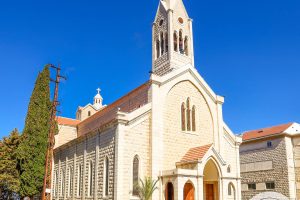
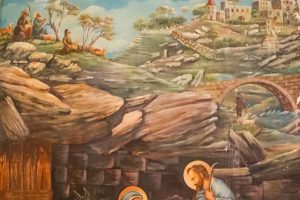
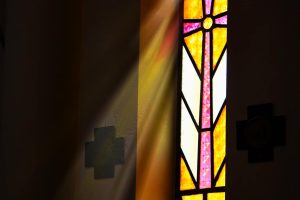
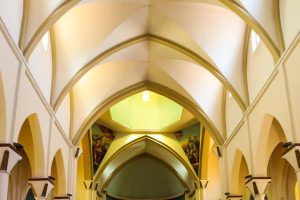
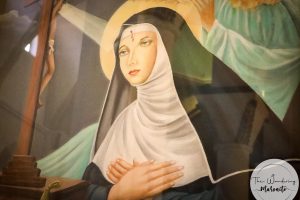
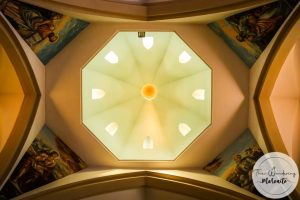
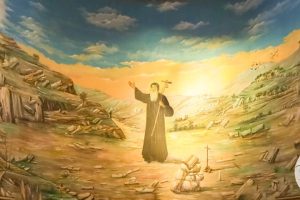
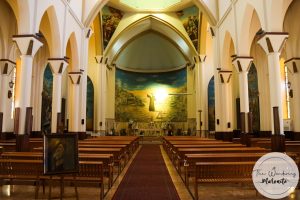











Reviews are disabled, but trackbacks and pingbacks are open.